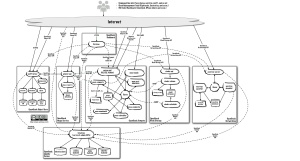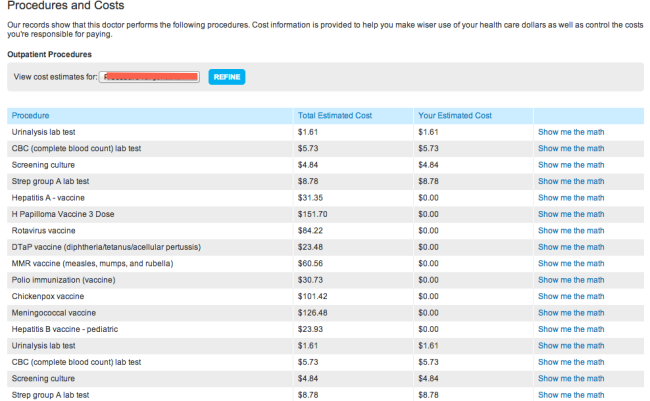There is a lot of hype around OpenStack today. But OpenStack seem so complex to deploy, manage, upgrade.
What is OpenStack and what value does it bring to an organization?
OpenStack enables an organization to build applications quickly.
- Elasticity: Applications that can expand as demand grows; shrink as demand lessens.
- High Availability: Applications that can survive failure of the underlying hardware without any interruption to the end user.
- Automation: Add compute,networking and storage using an API or a web dashboard.
- SelfService: Enable end users to self service their needs for compute,networking and storage without waiting for the IT department to fulfill their requests.
This agility, automation and self service allows organizations to evolve to meet the demands of users and customers who want applications
- OpenStack is open-source which means any organization can download the software and contribute to the project.
- OpenStack is hardware independent and not tied to any particular vendor.
To learn more about the business value of OpenStack, attend the OpenStack summit in Vancouver, but first help my three sessions get nominated for the summit as follows:
- Login (or create a login) to openstack.org
- Then please vote on these three sessions:
- How to save money and improve agility with Network Functions Virtualization (NFV) https://www.openstack.org/vote-vancouver/presentation/save-money-and-improve-agility-with-network-functions-virtualization
- Comparing your choices, OpenStack or VMware to build a private cloud https://www.openstack.org/vote-vancouver/presentation/comparing-your-choices-openstack-or-vmware-to-build-a-private-cloud
- What’s the difference between AWS public cloud and OpenStack https://www.openstack.org/vote-vancouver/presentation/public-or-private-amazon-web-services-or-openstack-whats-the-difference
Thank you!





